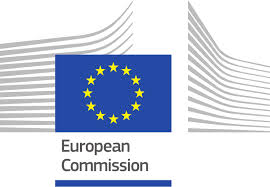

While the Commission “remains committed to the goal of a renewed and sound framework for transatlantic transfers of personal data” and detailed its efforts to “immediately resume and step up its talks with the U.S. government in order to ensure that any new arrangement for transatlantic transfers of personal data fully complies with the standard set by the Court” the Commission said its “present Communication aims to provide an overview of the alternative tools for transatlantic data transfers under Directive 95/46/EC in the absence of an agreement”.
The Communication is quite detailed and … quite frankly … very well written given most of the Communications we must parse.
The Communication is chock-a-block with cites and references that provide a more in-depth overview of the Safe Harbour arrangement.
More importantly, the Commission recognized that in the interim many concerns have been expressed by industry regarding the possibilities for continued data transfers and in that regard the Communication clarifies under which conditions such transfers can continue.
We are still working through the Communication but for a link click here.